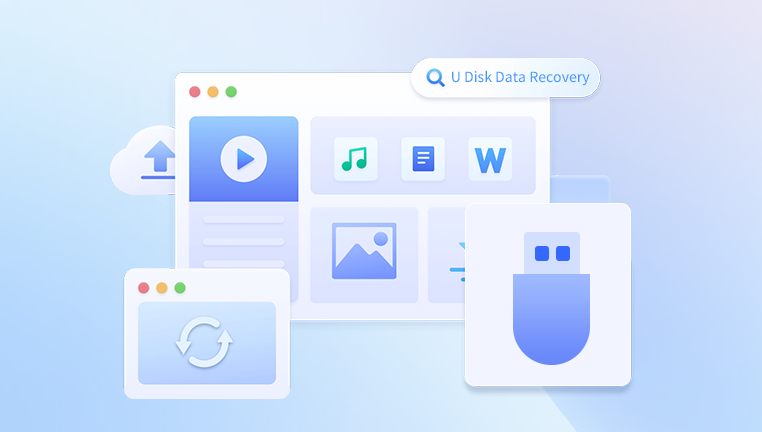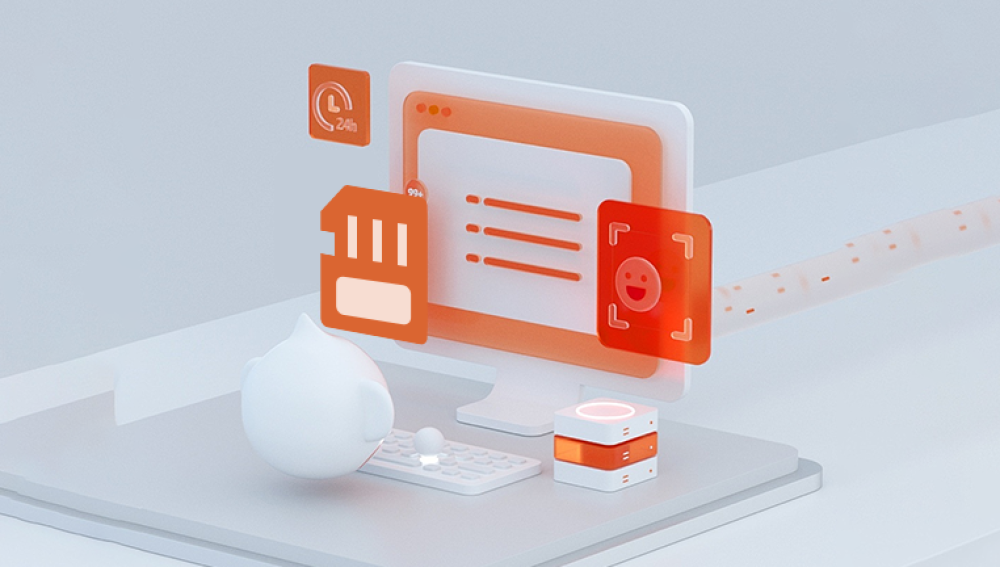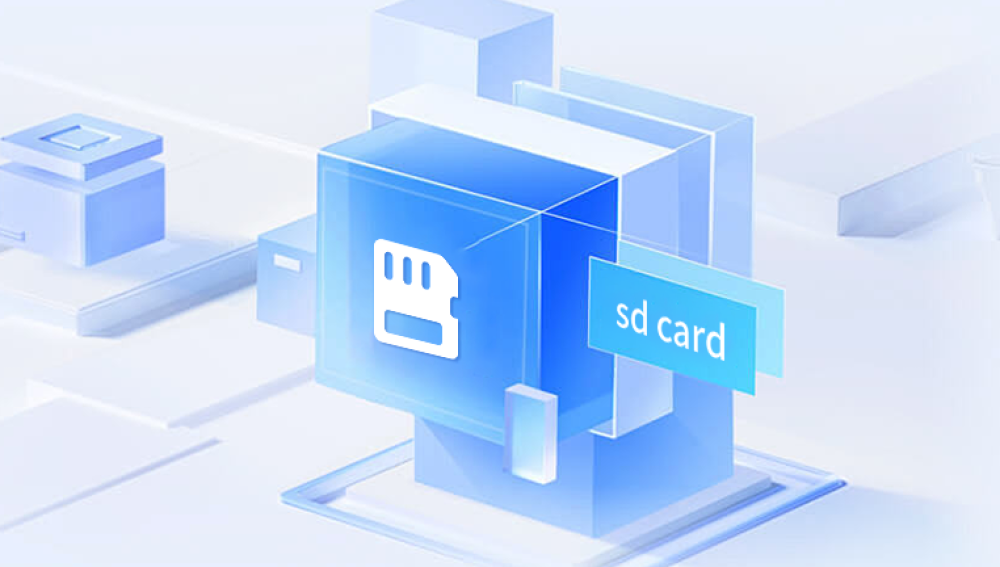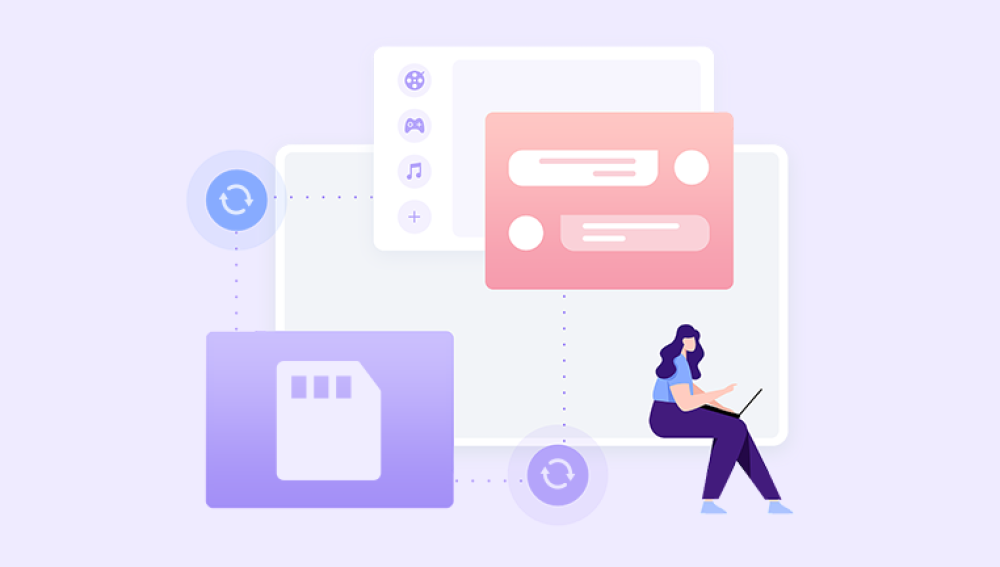1.Understanding the Basics
Before diving into the recovery process,it's essential to understand a few key points:
Types of Data Loss:Data loss can occur due to accidental deletion,formatting,corruption,or physical damage to the SD card.The recovery method might differ based on the cause of data loss.
Recovery Software:Unlike Windows or macOS,Chrome OS does not natively support many traditional data recovery tools.However,there are alternatives and workarounds.
Web Based Solutions:Some web-based applications can assist with data recovery without needing to install software directly on your Chromebook.

2.Initial Steps
a.Stop Using the SD Card
If you suspect data loss,immediately stop using the SD card to prevent further overwriting of data.Continued use can make data recovery more difficult.
b.Check Connection
Ensure that the SD card is properly inserted into the Chromebook and is being recognized.You can check this by going to the“Files”app and seeing if the SD card appears under“External storage”.
3.Built In Tools
a.Files App
The Files app on Chromebook is limited in functionality but can still help in some basic situations:
Check for Hidden Files:Sometimes,files may not be visible due to being hidden.In the Files app,click on the three-dot menu and select“Show hidden files”.
4.Using Linux on Chromebook
Chromebooks support Linux(Beta),also known as Crostini,which allows you to run Linux applications.This can expand your options for data recovery software.
a.Enable Linux(Beta)
Open Settings:Click on the time in the bottom-right corner,then click on the gear icon to open Settings.
Enable Linux(Beta):Scroll down and find"Linux(Beta)"in the menu.Click"Turn on"and follow the prompts to set up Linux on your Chromebook.
b.Install Recovery Software
Once Linux is enabled,you can install various Linux-based recovery tools like TestDisk and PhotoRec.
Open Terminal:After enabling Linux,open the Terminal.
Install TestDisk and PhotoRec:
sudo apt-get update
sudo apt-get install testdisk
c.Using TestDisk/PhotoRec
Run TestDisk:In the Terminal,type sudo testdisk and follow the on-screen instructions to recover partitions and deleted files.
Run PhotoRec:PhotoRec is included with TestDisk and can be run with sudo photorec.It specializes in recovering specific file types and can be more effective for certain types of data recovery.
5.Using Another Device
If the above methods do not work or seem too complicated,consider using another computer(Windows or macOS)with more readily available data recovery software.Once you recover the data,you can transfer it back to your Chromebook.
a.Using a Windows/Mac Computer
Insert SD Card:Insert the SD card into a Windows or macOS computer.
Use Recovery Software:Use popular recovery tools like Recuva(Windows),Disk Drill(Windows/Mac),or EaseUS Data Recovery Wizard(Windows/Mac)to recover the data.
Transfer Files:After recovery,transfer the files back to your Chromebook using an external drive or cloud storage.
6.Preventive Measures
Once you’ve recovered your data,consider implementing the following preventive measures to avoid future data loss:
a.Regular Backups
Regularly back up your data to cloud storage(Google Drive,Dropbox,etc.)or an external hard drive.
b.Use Reliable Storage Media
Ensure you use high-quality SD cards from reputable brands to minimize the risk of data corruption or failure.
c.Safe Ejection
Always safely eject the SD card from your Chromebook to prevent data corruption.You can do this by clicking the eject icon next to the SD card in the Files app.
d.Regular Checkups
Periodically check the health of your SD card using diagnostic tools available in the Files app or through web-based services.




